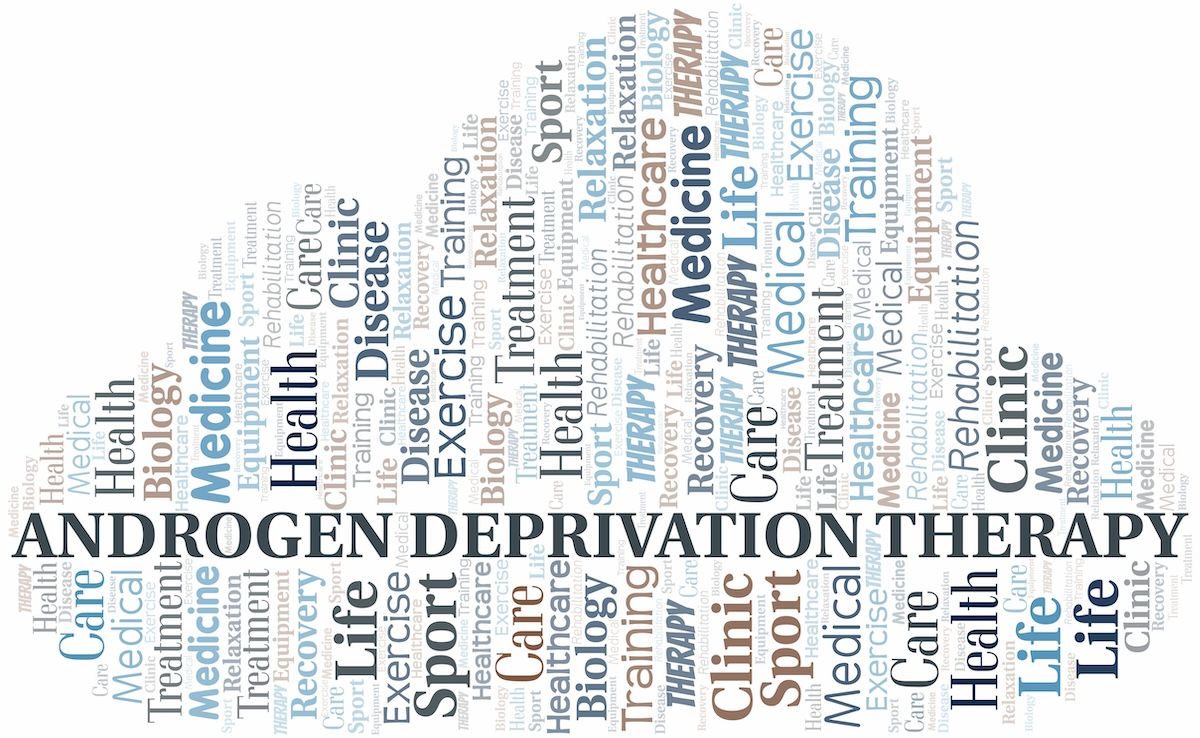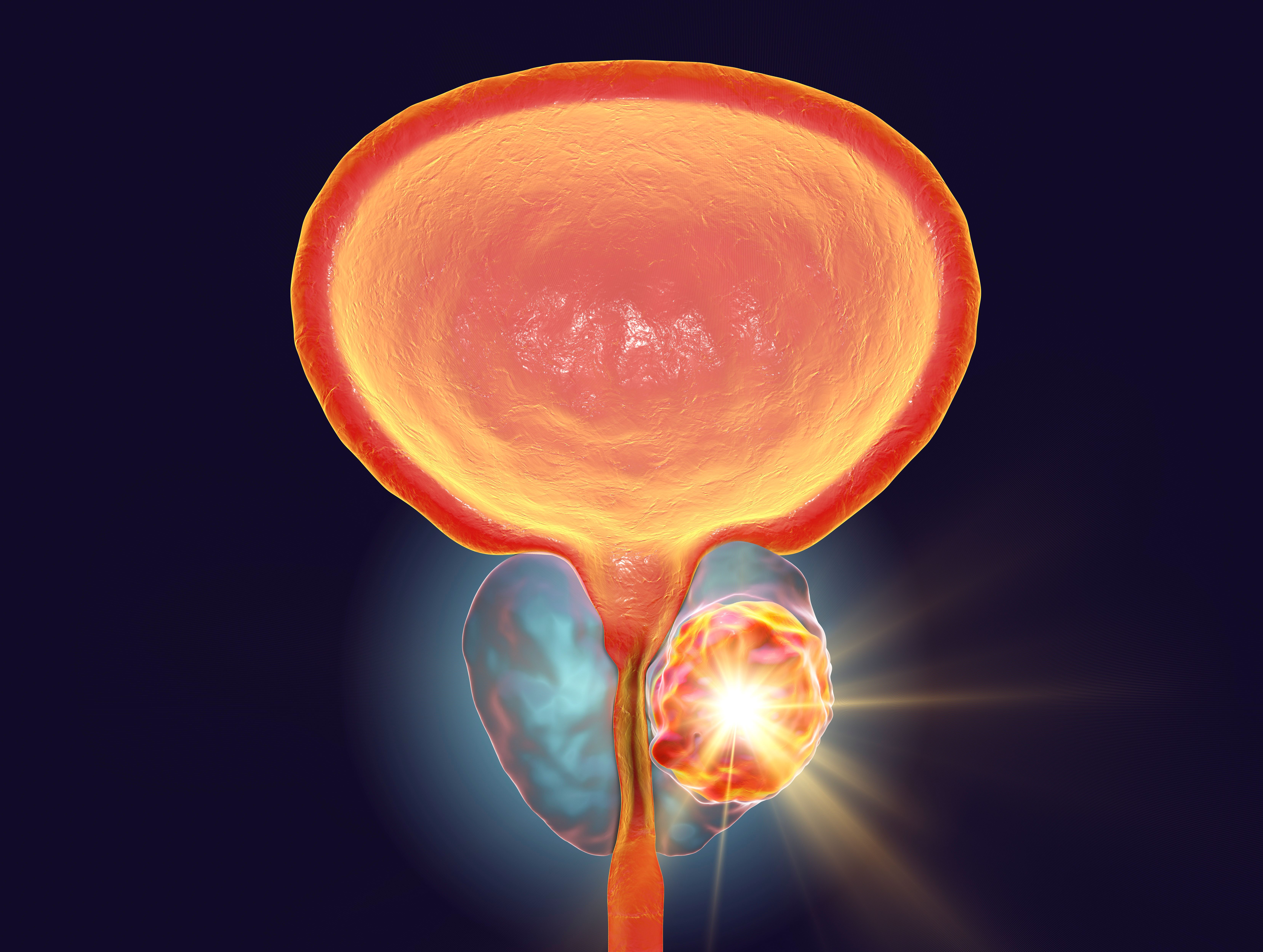Article
Patients With Prostate Cancer Most Concerned With ADT Cost, Delivery Method
Author(s):
A cross-sectional survey of patient preferences found that the out-of-pocket cost of treatment was the most impactful attribute for patients when choosing an androgen deprivation therapy (ADTs) for their prostate cancer.
A cross-sectional survey of patient preferences found that the out-of-pocket (OOP) cost of treatment was the most impactful attribute for patients when choosing an androgen deprivation therapy (ADT) for their prostate cancer. The findings were presented in an abstract at the 2023 American Urological Association Annual Meeting and published in The Journal of Urology.
There are several options for ADT, and they vary in their administration, common adverse events, the speed of testosterone recovery and onset, and the cost of treatment. In the current study, researchers aimed to determine which treatment characteristics are most important to patients when it comes to ADT selection.
The study included 304 men who were older than 40 years, self-reported a prostate cancer diagnosis, and had health care coverage for the past 3 years. Patients were recruited to participate in a cross-sectional survey through health care research panels, and patients who could not remember, who did not know if they received ADT, or who could not complete the survey independently were not eligible.
The mean patient age was 64.1 years, and the mean time from diagnosis was 5.4 years. About half of the participants had previously used ADT, and 55.3% reported prostate cancer that was organ confined. A discrete choice experiment was used to assess patients’ preferences regarding ADT.
Among all patients, the aspect of therapy with the highest relative importance (RI) was reducing OOP costs from $350 to $5 per month (RI = 32.7 of 100). Switching from receiving an injection once per month to taking a pill daily had the second highest RI, at 21.6.
Switching from monthly injections to daily pills was a more important aspect for non-White men, those with cardiovascular conditions, and patients with disease that had spread.
In the overall population, impact on sexual activity and time to testosterone recovery after therapy cessation had RIs of 17.5 and 16.3, respectively. Less significant factors to patients were a reduced risk of cardiovascular events (RI = 7.4) and testosterone surge after initialization (RI = 4.5).
Although the preferences varied depending on age group, they were similar between men who had previously undergone ADT and those who had not.
“When selecting ADT, OOP cost had the most impact, overall and across subgroups. Given the variations in salience of ADT attributes, especially mode of administration, shared decision-making should take individuals’ preferences into account,” the authors concluded.
Reference
Collins SP, Beusterian K, Hauber B, et al. Preferences for key attributes of clinically available androgen deprivation therapies among men with prostate cancer. Abstract presented at: American Urological Association Annual Meeting; April 28-May 1, 2023; Chicago, IL. Accessed May 3, 2023. https://www.auajournals.org/doi/abs/10.1097/JU.0000000000003226.03

The Impact of ADT for Prostate Cancer on Survival and Patient Well-Being

Cabozantinib Plus Atezolizumab Significantly Improves PFS in Metastatic CRPC



